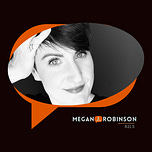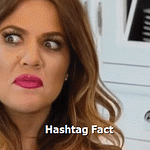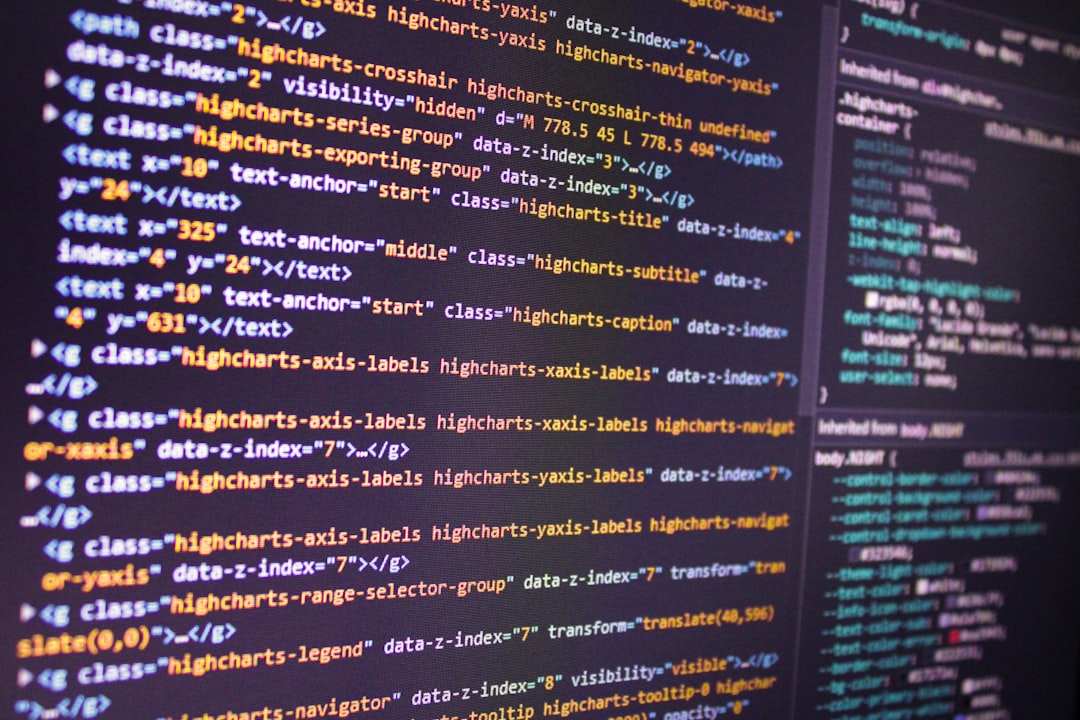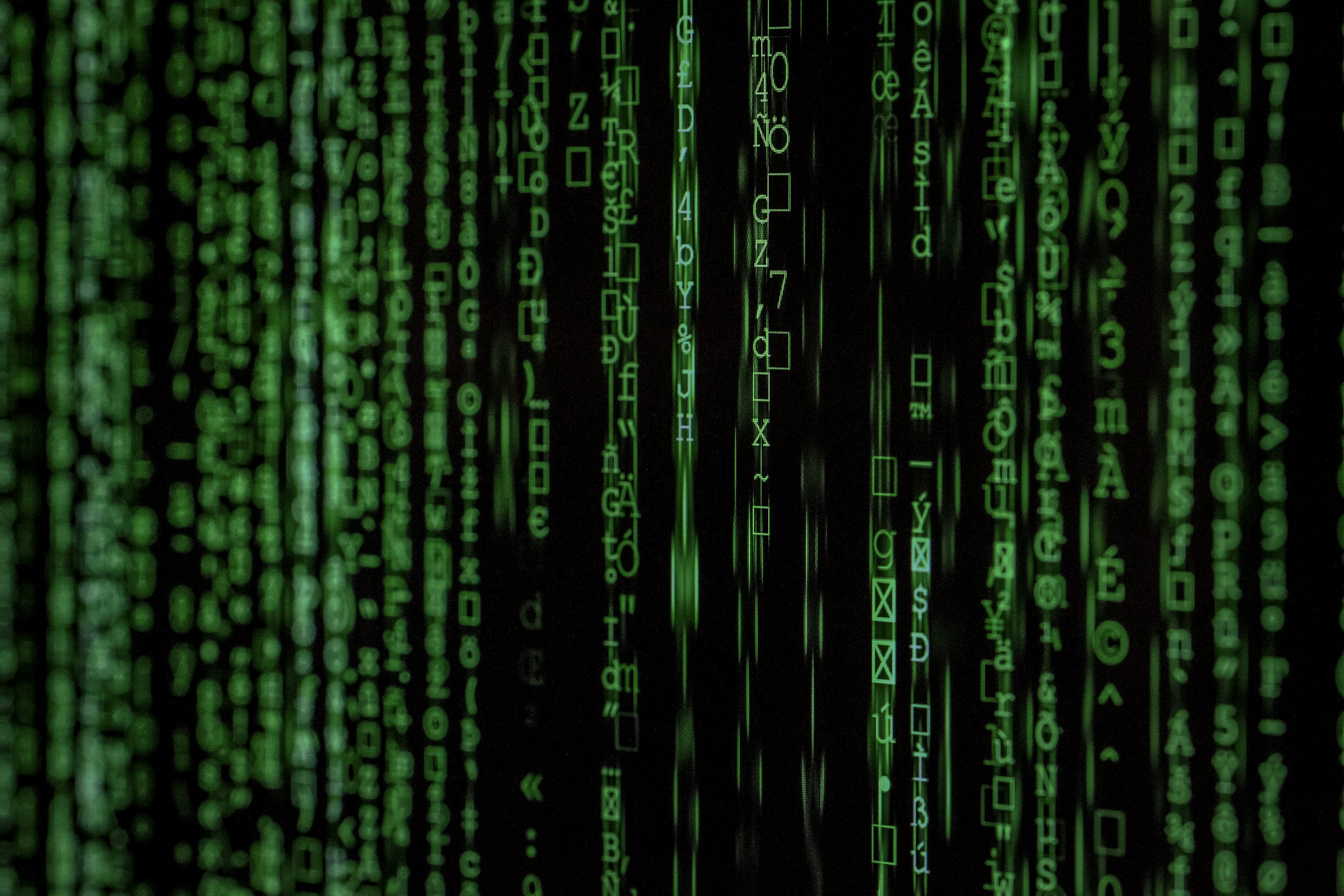ASSUMED AUDIENCE
those seeking to recover a coherent identity in the midst of accelerating time and distracting, fracturing technologies
Background Resources
6 Curations & Two Videos for June 2023 (Vol. 06, No. 01)
The Assimilating Database: Is Resistance Futile? (Vol. 06, No. 02)
8 Curations & Two Videos for July 2023 (Vol. 06, No. 03)

This newsletter free to all and is sustained by the patronage of those who value the work and have the means to support it on a monthly or annual basis. If you just liked this issue and want to leave a tip, you can do so here.
New Video!
Intro & Recap
In last month’s exploration newsletter, we started thinking about the idea of narratives and databases as types of human technologies that we use to navigate or describe our experience of the world. This also opened a pathway for us to investigate the possible effect that these different technologies could have on our sense of self and identity. FYI: using capital-n Narrative and capital-d Database refers to the ur-technologies underlying our narratives and databases in practice.
First, we looked at narratives—stories—as a human technology for making sense of life. Stories are a means of “organizing and getting life done,” as well as for defining and extending who we are into the world. Next, we looked at databases as another type of human technology that orders “vast data arrays” to make data available for “different kinds of queries.”
I proposed an image of the Borg of Star Trek as a personification of the Database, suggesting that the implacable, algorithmic logic of the Borg demonstrates what happens to narrative sequence when we no longer cultivate meaningful connections between points of data. Because the Database cannot interpret the intersection of the recognizable and the indefinable, it fails to make sense of either, and in that failure, dissolves or disintegrates Narrative.
Future explorations will continue to examine my idea that this experience of fracturing that we associate with being online somehow relates to our intense drive toward authenticity, for freely and “creatively presenting [our] unique self to the world,”1 and what, if anything, we can do to restore a sense of cohesion or coherence to our identities.
This month, I want to continue exploring how the Database fractures and subsumes Narrative. I’m curious about how this affects our capacity for paying attention, and how this sets us up to form and sustain our identities.
Reading Our Technologies
In his 2008 essay “Is Google Making Us Stupid?,” Nicholas Carr draws from media theorist Marshall McLuhan and sociologist Daniel Bell to observe that our “intellectual technologies” (such as books, writing, computers, coding, social media, etc.) don’t just passively channel or supply information to us—they shape the process of thought as well.
Remember Walter Fisher in last month’s exploration? Fisher contends that humans are naturally story-telling beings. We don’t have to be taught to put together a story; it’s simply how we make sense of the world and ourselves in it. By contrast, we have to learn to how to use intellectual technologies. Carr cites Maryanne Wolf, who observes that “reading is not an instinctive skill for human beings. It’s not etched into our genes the way speech is. We have to teach our minds how to translate the symbolic characters we see into the language we understand.”
In his speech “Philosophy…Artifacts…Friendship,” philosopher Ivan Illich observes that we contemporaries “must recognize how [our] senses are continuously shaped by the artifacts [we use]. They are charged by design with intentional symbolic loads.” Anytime we add a new technology into our toolbox, we have to learn to “read” it, to translate its “symbolic characters” in ways that make sense to us. In the process of reading these technological characters, though, we begin to mimic their qualities, to take on their “symbolic loads.” We see this in the metaphors we use to describe how we think: for example, we “do not compute” when we’re not understanding something; we “have too many tabs or windows open” when we’re distracted or overwhelmed. It’s not just the substance that shapes us, but also the form.
Consider what this might mean for our interactions with the Database, how we’ve learned to “read” it.
When we read a book or watch a movie, the narrative form of that technology leads us along a particular path. Our imaginations might range beyond the boundaries of that path, but ultimately, we go on the journey the story-teller intends for us to take. However, as Sacasas points out, online media (predicated on the use of databases), presents us with “a loosely arranged set of data points whose significance and meaning has not been baked into the form itself.” There is no narrative journey or arrival inherently embedded within online media.2
Indeed, any movie, song, speech, or artwork can now be broken down into clips, gifs, or memes, its narrative integrity subsumed into the Database so that we discover and compile online media in any order, sequence, or timeframe we desire. While the Database ahbors indeterminacy in its data, it could care less about the value of that data. Every piece of data receives the same weight, and any piece of data can be differently combined. As Hayles observes, database-management systems put “overwhelming quantities of data at our fingertips,” which means that “interpretive possibilities proliferate” as our databases expand. This means that “no one narrative”3 is likely, or able, to “dominate as the explanation.”4
We now have a 24/7 “choose your own adventure,” digitized and infinitely expandable (and expanding).
An Inhuman Environment
A couple of months ago, I shared several excerpts from Jonathan Crary’s 24/7: Late Capitalism and the Ends of Sleep. This book provides a short history of the industrialized erosion of any distinction between night and day, or how in late modernity, commerce, surveillance, and exploitation never stops, never slows down. Crary makes the point that this erosion of distinctive temporal zones that buffer our days, minds, and events has also eroded our capacity for remembering.
Citing Herbert Simon in the 1970s, James Williams observes that as “information becomes abundant, attention becomes the scarce resource.”5 When our experience of the day moves at the speed of the always-on, always-connected internet, something has to be left out, dumped. We cannot remember everything that comes across our feed, and so we quickly forget what happened last year, last week, yesterday. In fact, we’ve become so used to this 24/7 instantaneity that we don’t always realize that we are forgetting.6 We discard the moments and connections that could become part of our narrative sequence and, instead, “continually create loss.”7
The practice of remembering and the collection of memories relies on our capacity for attention. If TikTok and YouTube are anything to go by, algorithms rely on 30 seconds or less to capture eyeballs, i.e., your attention. When we’re swiping left every half-minute, we’re over-saturated with visual and mental stimuli, to put it mildly. To move this quickly sacrifices our capacity for attending to our surroundings. In his conversation with Sean Illing, Michael Sacasas observes that we
generate an environment that demands an inhuman amount of attentiveness. And when we're not able to give it, that is construed as a failure of the individual rather than as a, a fault of the techno-social environment.
And then that inattention is pathologized. And then techniques are deployed to correct it, right, without ever questioning the environment that we've created.
There are forces that have created an inhuman environment that we navigate that asks us to operate at a scale, at a pace, at an intensity that is draining, that is not compatible with human flourishing, given our limit to our embodiment.8
So we try to tell ourselves that our brains aren’t meant to remember everything, leading us to seek out digital archive tools. We invest in devices with better cameras to capture images of our lives, as if hoping that brighter colors and sharper lines will make the moments more real, more lasting. We substitute technique for thoughtfulness, capture for recollection.9
If we return our imaginations to the Borg, we might get a sense of the “inhuman environment” that operates at a “scale, pace, and intensity” that mere humanity cannot match, pathologizing and disintegrating what it can’t assimilate. Interacting with the Database pathologizes our limited capacity for attention, leaving us to feel somehow deficient because we can’t keep up with such heightened volume, speed, and abstraction. We become permanently distracted from doing and living as we most wish to do (or even figuring out what that is in the first place).
A Recapitulation
I know, it seems that I’m belaboring the point of Narratives and Databases. But we’re on this journey of discovery together, yeah? And I want to make sure that we are well-oriented to these specific ways of understanding our relation to the world and to ourselves, so that we can really grapple with how this affects our sense of self.
So, what have we got thus far?
Both Narrative and Database are intellectual/human technologies that help us organize and get life done. While narrative technology may come naturally to us, we have to learn to “read” other technologies in order to translate their symbolic characters into something meaningful and comprehensible. In the process of learning to read these characters or use these technologies, we find that we take in, not just the substance, but also the shape of these technologies. We adapt to or mimic the tools with which we surround ourselves.
As Narrative unfolds in a linear sequence, it necessarily unspools across time, both in the experiencing and in the telling of it. For all actors in the narrative, there exists distinct temporal zones: before, during, and after. And the sequencing of Narrative also comes as a result of the narrator attending to and connecting significant moments in a meaningful pattern that leads to a particular conclusion. Some moments get highlighted, some are excluded. And that is the point: not all moments carry equal weight or possess equivalent value. A narrative reflects the specific or desired journey of the narrator, for the hearers. Narratives help us “orient ourselves to the world and to others, give a shape to our identity, and offer a lens by which to interpret our worlds.”10
Narrative is a technology that forms our attention toward coherence, reliability, and fidelity.11
The Database is omni-directional, expanding infinitely through constant assimilation of new data. All entries in the Database are available at any time, in any combination. All entries carry the same weight, activated only by the requisite categories and queries. Any narrative can surrender its integrity at any time. Any narrative can become an entry in the Database. Any narrative can supersede another. Any narrative can be discarded at will. Actors within the Database move around at whim, independently activating different pieces of data and combining them into multiple, even competing narratives. The Database is omni-temporal, or perhaps a-temporal is the better term: it is detached from time and experienced as no-time. There is no arrival within the Database, just a flattening of time, experience, and development into a homogeneous, undifferentiated swarm.
Database is a technology that forms our attention toward instability, fracturing, and contingency.
The Personalized Database
Ok, so let’s land this plane right now, so we can catch our connecting flight later.
We can all agree that most of us spend most of our time in environments shaped by the Database, as we’ve discussed so far. We can see how we tend to take on characteristics of the tools with which we surround ourselves, and how that might subconsciously shape the ways in which we pay attention to our environments and our selves.
This tension between Narrative and Database affects how we construct or understand our identities, how we perceive ourselves in relation to others and the world. If we understand narratives as becoming just more entries in the Database, we begin to grasp what Alan Jacobs calls the “fungibility of identity in an online world.” We begin to “reimagine and refigure [ourselves] as being of the same consistency and values as the dematerialized commodities and social connections in which [we] are immersed so extensively.”12 And because historical and spiritual narratives handed down across generations, through tradition, have also become equivalent entries within the Database, we are no longer certain which narratives might actually be worth attending to.
Everything once loosely considered to be “personal” is now reconfigured so as to facilitate the fabricating of oneself into a jumble of identities that exist only as effects of temporary technological arrangements.13
If Narrative is our key technology for making sense and meaning out of what’s happening around us, for defining and extending who we are into the world…
Then, trying to do this within the predominant environment of the Database requires us to create ourselves almost ex nihilo, to improvise “our own, often tentative and fragile, narratives about both the world and ourselves.”14
It requires us to seek out the unique and the singular (what escapes the Database) as a marker of an authentic identity.
And isn’t that a whole other can of worms?
Let’s be hopeful, creative, and wise—together.
Shalom,
Megan.
Root, The Church After Innovation, p. 14-15
See: any rabbit hole of doom-scrolling.
To the joy of postmodernists everywhere, perhaps.
Hayles, “Narrative and Database: Natural Symbionts,” p. 1607
Williams, “The Age of Distraction”
Although, perhaps, we do, if our constant laments about life going by too fast are a good gauge.
Crary, 24/7: Late Capitalism and the Ends of Sleep, pp. 58-59
Sean Illing and Michael Sacasas, “The Power of Attention in a World of Distraction,” The Gray Matter
We are, in the words of Alan Jacobs, a “living illustration of Technological Stockholm Syndrome,” having embraced our kidnapper (or at least stashed it in our back pocket).
Sacasas, “Narrative Collapse,” The Convivial Society
i.e., alignment with perceived truthfulness, values, and outcomes.
Crary, p. 99
ibid., pp. 58-59
Sacasas, “Narrative Collapse”













Share this post